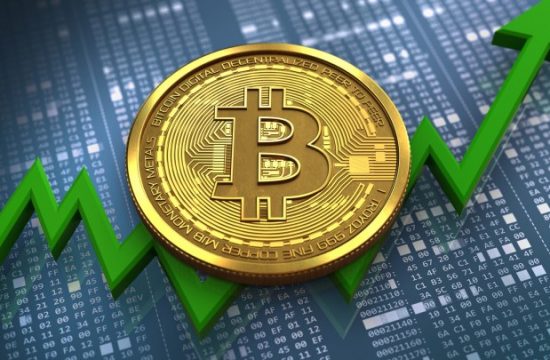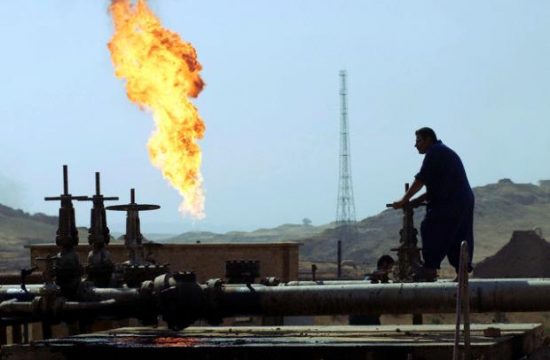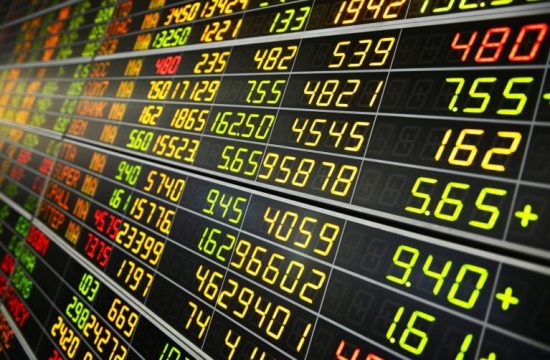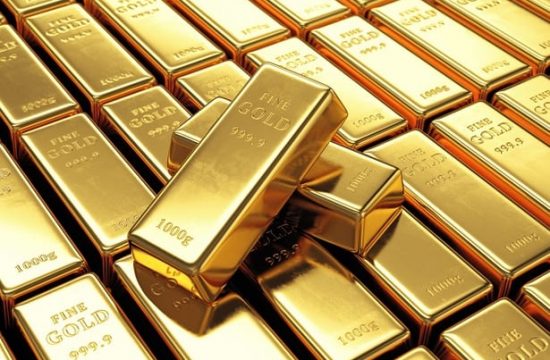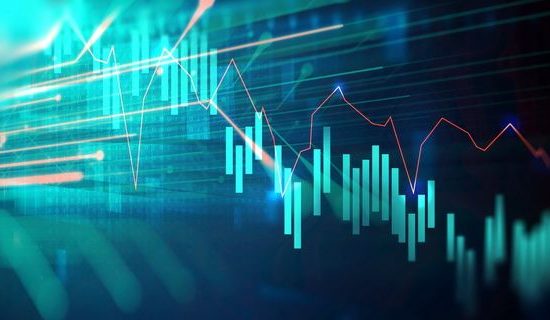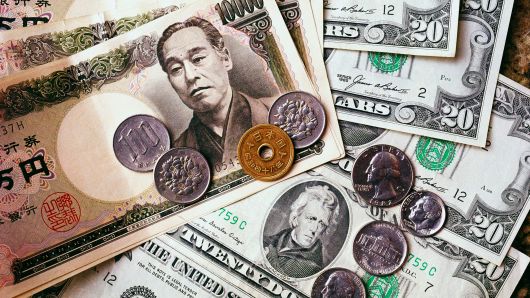Crude oil prices are the heart of the energy markets. Crude oil is used as the critical medium that’s refined into products that are used by consumers worldwide. During periods when global growth is expanding, energy use usually rises. When growth contracts, energy use is generally restrained. Energy use is the lifeblood of most economies. Energy helps facilitate transportation, manufacturing, and commerce. When a recession strikes, during which contraction grows, the use of crude oil globally usually falls. With central banks around the world, the chance of a recession is likely, and therefore there is the chance that demand for crude oil may start to fall.
What is a Recession?
Negative growth slows commerce and generally leads to a lack of crude oil investing. The technical definition of a recession is two consecutive quarters of negative growth. Most economists evaluate growth using the Growth Domestic Product (GDP). GDP is the total market value of all the goods and services produced within a country. It is considered one of the broadest measures of output. GDP can be calculated on a monthly, quarterly, or annual basis. For example, in the U.K., GDP is calculated monthly. In the United States, GDP is calculated quarterly.
One of the issues with the technical definition of GDP is that it can occur when job growth is still rising. For example, in the United States, the first two quarters of 2022 were negative. GDP declined in Q1 and Q2, constituting a technical definition of a recession. Simultaneously, job growth has continued despite the decline in GDP. According to the U.S. Labor Department, the three-month moving average of job growth was 375,000. The two conflicting data points are difficult to reconcile. While the United States is in a technical recession, job growth continues to accelerate. In July 2022, job growth was 528,000, well above the consensus. If job growth is rising, how can output be falling? The upshot is that high labor costs and low GDP usually come during periods of low productivity. Unit labor costs are rising along with wages, and output has slowed.
Does Energy Decline During a Recession?
While output is slowing, people in many areas worldwide are employed. In the United States, job growth is surging, and when people have money in their pockets, they are likely to spend on energy, including gasoline, diesel, and electricity. Most of the time, if you are jobless, you are likely to hold back on the amount you spend on gasoline. You are less likely to take a road trip with your family due to the expense of travel. The cost of receiving a package would decline as airfreight and trucking freight would increase, due to higher diesel and jet fuel prices.
Usually, a recession comes when job growth declines. One of the issues is that the pandemic reduced the workforce, and in the wake of the lockdowns, not everyone has returned to work. Many women in the workforce who were homecare and assisted living helpers did not return to work following the lockdowns. The upshot is that energy declines during a recession when the jobs data show that people are losing their jobs.
When Will People Lose Their Jobs?
Since energy use slows when people start losing their jobs, the real question is, when will this process begin? Central banks around the globe have started to accelerate interest rate increases. For example, the Federal Reserve has increased rates by 150 basis points during Q2 and Q3 of 2022. The acceleration in rates is geared toward reducing demand and job growth. If job growth starts to slow, the energy demand will begin to decline.
Job declines usually come at the end of a business cycle. When a central bank reduces interest rates, companies begin increasing the workforce. Borrowing rates fall, and liquidity increases throughout the economy. Lower rates make it easier to borrow. As more people become employed and wages start to rise, the demand for goods and services rises. Higher wages spill over into higher consumer goods costs, pushing inflation.
Higher inflation usually forces a central bank to reduce liquidity and raise borrowing costs by increasing interest rates. Eventually, a decline in spending leads to layoffs and additional job losses. The business cycle usually ends with a recession. The last leg of the business cycle is job losses. When job losses come, crude oil demand should decline. The caveat is that the previous recession felt by most of the world came during the pandemic.
The lockdowns caused job losses, and central banks reduced interest rates rapidly to increase spending and keep the economy flowing. During the lockdowns, the demand for goods rose, helping to buoy manufacturing and specific energy use. When the lockdowns were lifted, the need for services rose, helping to buoy travel. Central banks are now trying to reduce inflation using monetary policy tools that do not seem to be working yet.
Bottom Line Regarding Crude Oil Investments and Prices
Energy use generally declines during a slowdown in GDP. As growth slows, the use of gasoline and diesel usually contracts. The upshot is that a recession usually reduces crude oil demand. The most recent slump in the United States seems to be more of a technical recession and has yet to impact job growth. Job growth has continued to accelerate despite the Federal Reserve’s increasing rates at a very rapid pace. Until there is a job slowdown, the impact on crude oil investing will likely be slow, as demand for energy products remains robust. Thus, crude oil volatility could remain elevated as investors attempt to decide when job growth will slow.



